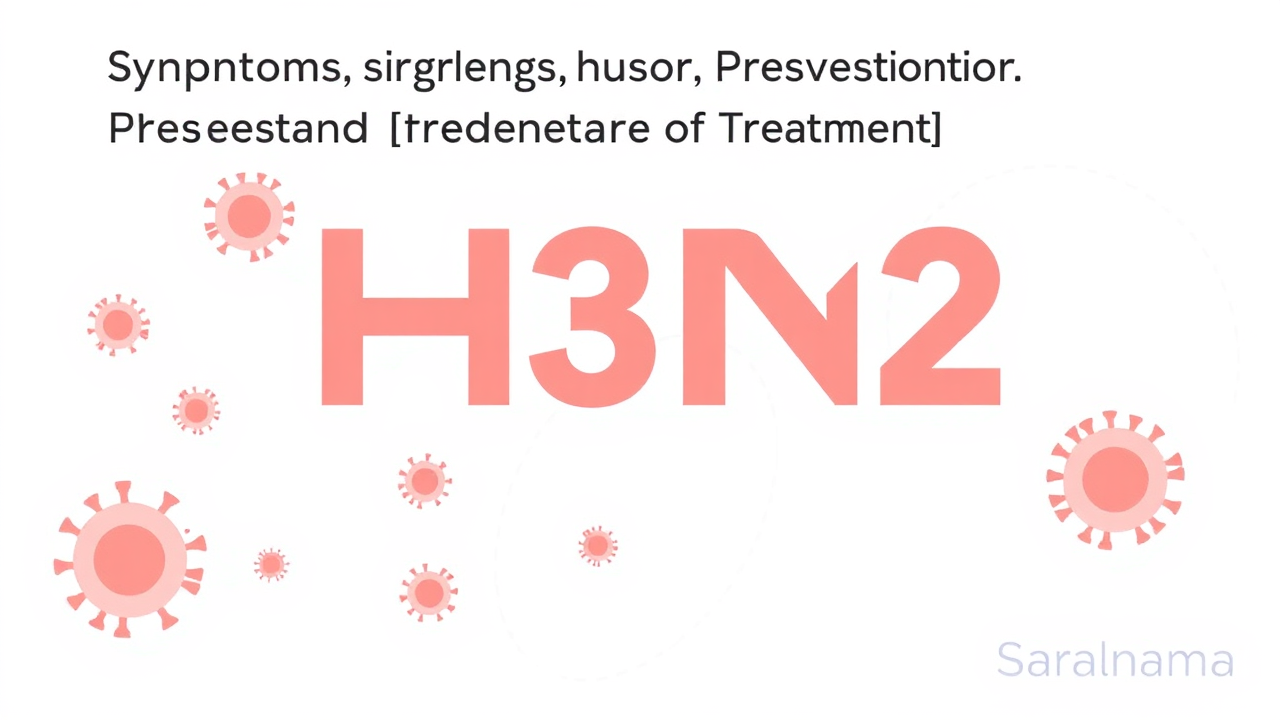Families in Delhi NCR are experiencing a sharp rise in H3N2 virus infections, with reports indicating that 69 per cent of households surveyed have one or more members showing flu-like symptoms. H3N2 is a subtype of Influenza A that spreads rapidly during seasonal changes and fluctuating temperatures. Unlike the common cold, this strain tends to be more severe and lasts longer. Symptoms include sudden high fever, sore throat, runny nose, body aches, and fatigue. The virus is not limited to Delhi NCR; households across multiple states are reporting similar illnesses. A LocalCircles survey in September 2025 compared data from March 2025 and found a significant increase in influenza-like cases. Over 11,000 residents from Delhi, Gurugram, Noida, Faridabad, and Ghaziabad participated. Medical experts stress early consultation if symptoms persist beyond 48 hours. Children, elderly people, and those with chronic conditions face higher risks.

Symptoms, Diagnosis, Prevention, and Treatment of H3N2
Initial symptoms of H3N2 include sudden high fever with chills, sore throat, runny nose, cough, headache, body aches, and fatigue. Some patients also experience muscle pain. Warning signs of complications include difficulty breathing, chest pain, bluish lips or nails, confusion, dizziness, or dehydration. If fever persists despite medication, immediate medical care is essential. Most cases are diagnosed clinically, though throat swabs or rapid influenza tests may be used. There is no single cure; treatment involves rest, fluids, and fever-reducing medications. Antiviral drugs may be prescribed for severe cases or high-risk individuals. Prevention includes frequent handwashing, wearing masks in public, avoiding close contact with sick individuals, maintaining immunity through good diet and sleep, and getting vaccinated.
Source: Link
